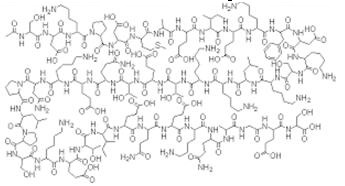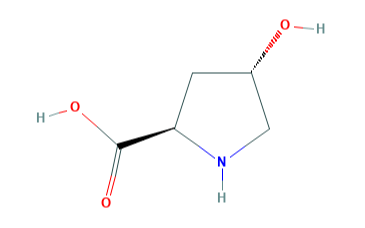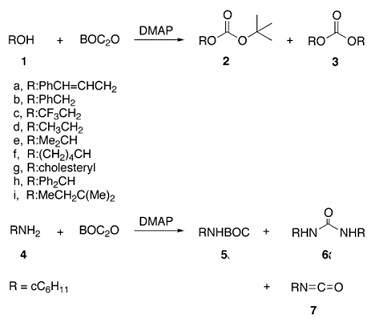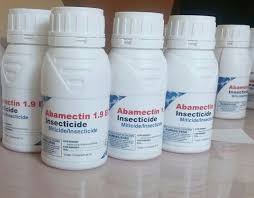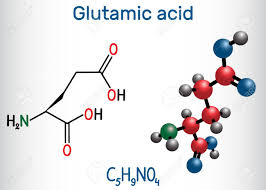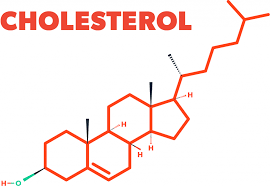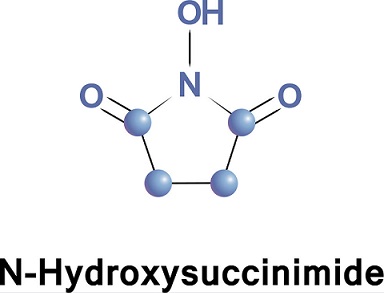Biochemical Engineering is one of the pillar industries of the 21st century and is the interdiscipline of biology, chemistry and engineering, being the general term of biochemical engineering and bio-processing engineering as well as being a branch of biotechnology. It is also one of the frontiers of chemical engineering disciplines and is the means for the conversion of biological technology into productivity, industrialization and commercialization. Biochemical Engineering products are products with animals, plants, microorganisms as raw materials and processing through approaches of biochemical engineering, physics and chemistry. It is widely applied to various kinds of fields including medicine, food, feed, basic organic chemicals, organic acids and bio-pesticides.
What is Thymosin beta 4 acetate?
Thymosin-β4 acetate (Tβ4) is a 43 amino acid peptide which is regarded as the main intracellular G-actin sequestering peptide. Extracellular thymosin β4 may contribute to physiological processes.
Jan 14,2020 Biochemical EngineeringThe uses of trans-4-Hydroxy-D-proline
Trans-4-hydroxy-D-proline is a 4-hydroxy-D-proline in which the hydroxy group at position 4 has S-configuration. The method was essentially similar to that employed by Neuberger for the conversion of
Jan 9,2020 Biochemical EngineeringFunction of L-Alanyl-L-Glutamine in athletic supplement
Tests on rodents suggest L-alanyl-L-glutamine is more successful at increasing muscular glutamine levels after supplementation than glutamine itself. This is because glutamine is absorbed better via t
Dec 20,2019 Biochemical EngineeringThe synergistic effect of di-tert-butyl dicarbonate
Di-tert-butyl dicarbonate ( Boc2O) is mainly used to introduce a tert-butoxycarbonyl (Boc) protecting group to protect an amino group (especially an amino group of an amino acid), and is one of the co
Dec 20,2019 Biochemical EngineeringWhere is Abamectin used
Abamectin is the key ingredient in insect baits such as Advance 375A, Invict AB Insect Paste,Optiguard Ant Gel, Ascend Fire Ant Bait and Vendetta Roach Bait. This insecticide is used in agriculture an
Nov 27,2019 Biochemical EngineeringBenefits of Glutamic acid
L-glutamic acid, also known as glutamic acid, is one of the many components of proteins. Like its fellow amino acid glutamate, it is produced naturally by the body; however, it is a different type of
Nov 15,2019 Biochemical EngineeringUnderstanding of Cholesterol
Cholesterol is a waxy, fat-like substance that's found in all the cells in your body. Your body needs some cholesterol to make hormones, vitamin D, and substances that help you digest foods.
Nov 15,2019 Biochemical EngineeringThe uses of Triphenylchloromethane
Triphenylchloromethane is a reagent used for the protection of amines, carboxylic acids,alcohols, and thiols.The Handling, Storage, and Precaution: use chemical safety goggles and rubber gloves.
Nov 13,2019 Biochemical EngineeringSpecial precautions and Abiraterone of Abiraterone
Abiraterone is used in combination with prednisone to treat a certain type of prostate cancer that has spread to other parts of the body.
Nov 7,2019 Biochemical EngineeringThe Use of Esters of N-Hydroxysuccinimide in Peptide Synthesis
In contrast to N-hydroxyphthalimide, N-hydroxysuccinimide5 is water soluble, and we have found that acylamino acid esters of this compound meet the important requirements of crystallinity and high re
Nov 5,2019 Biochemical Engineering



